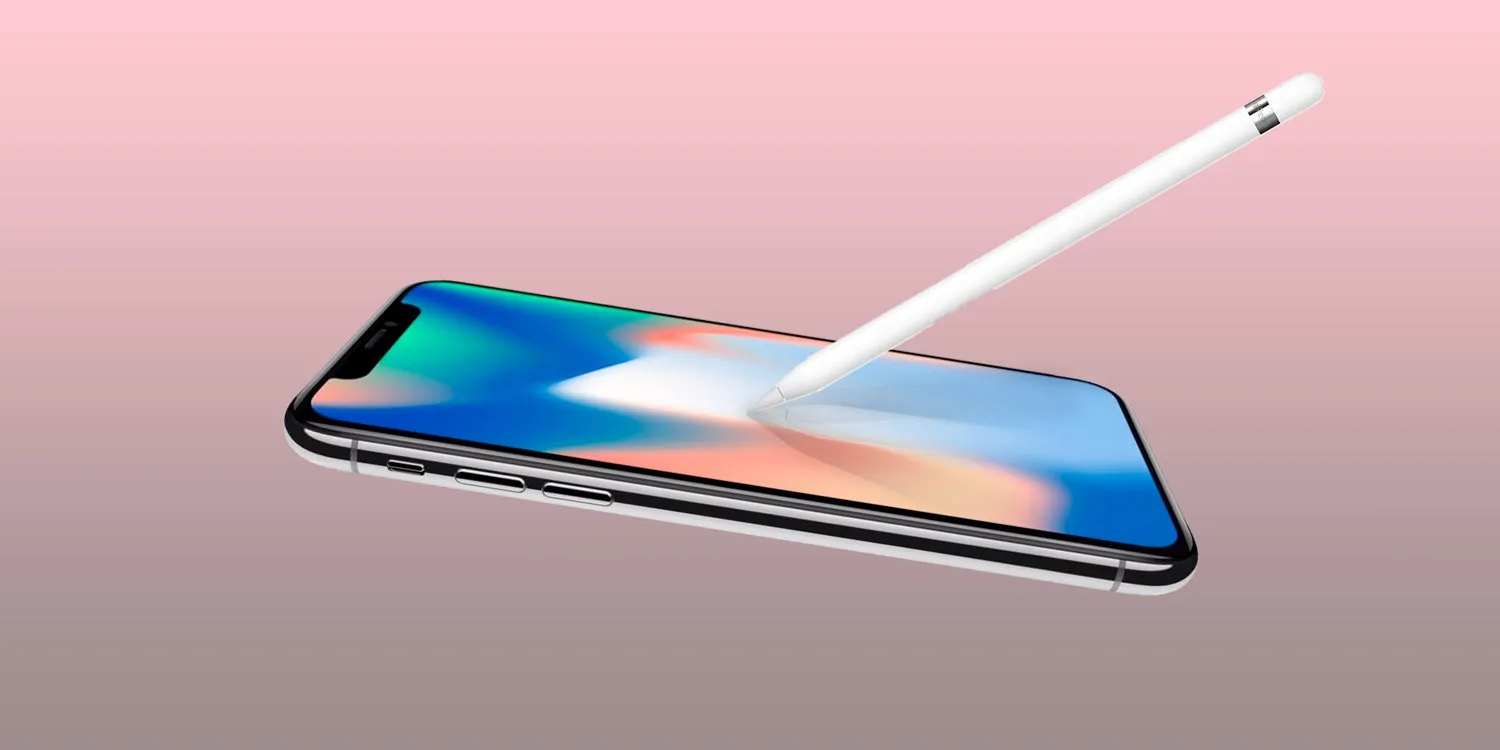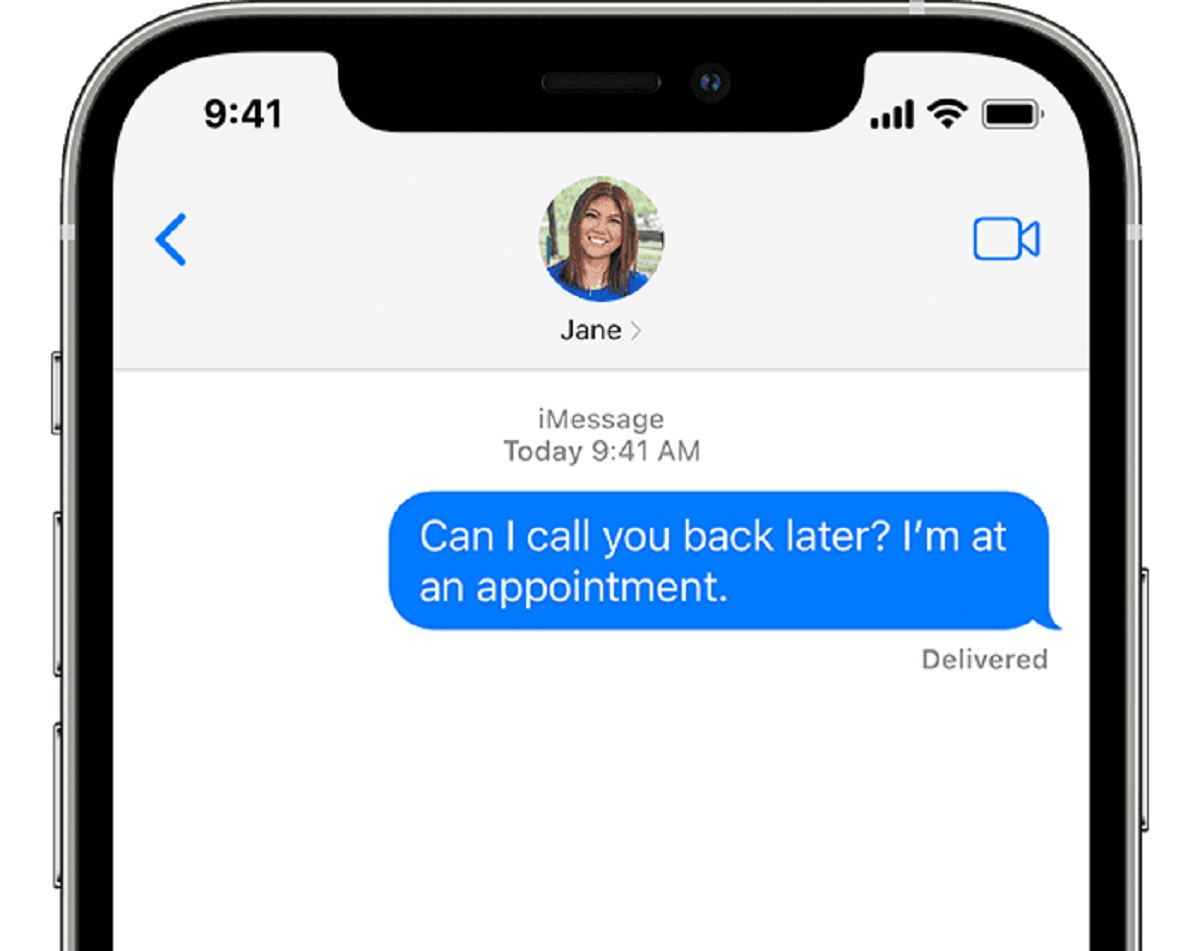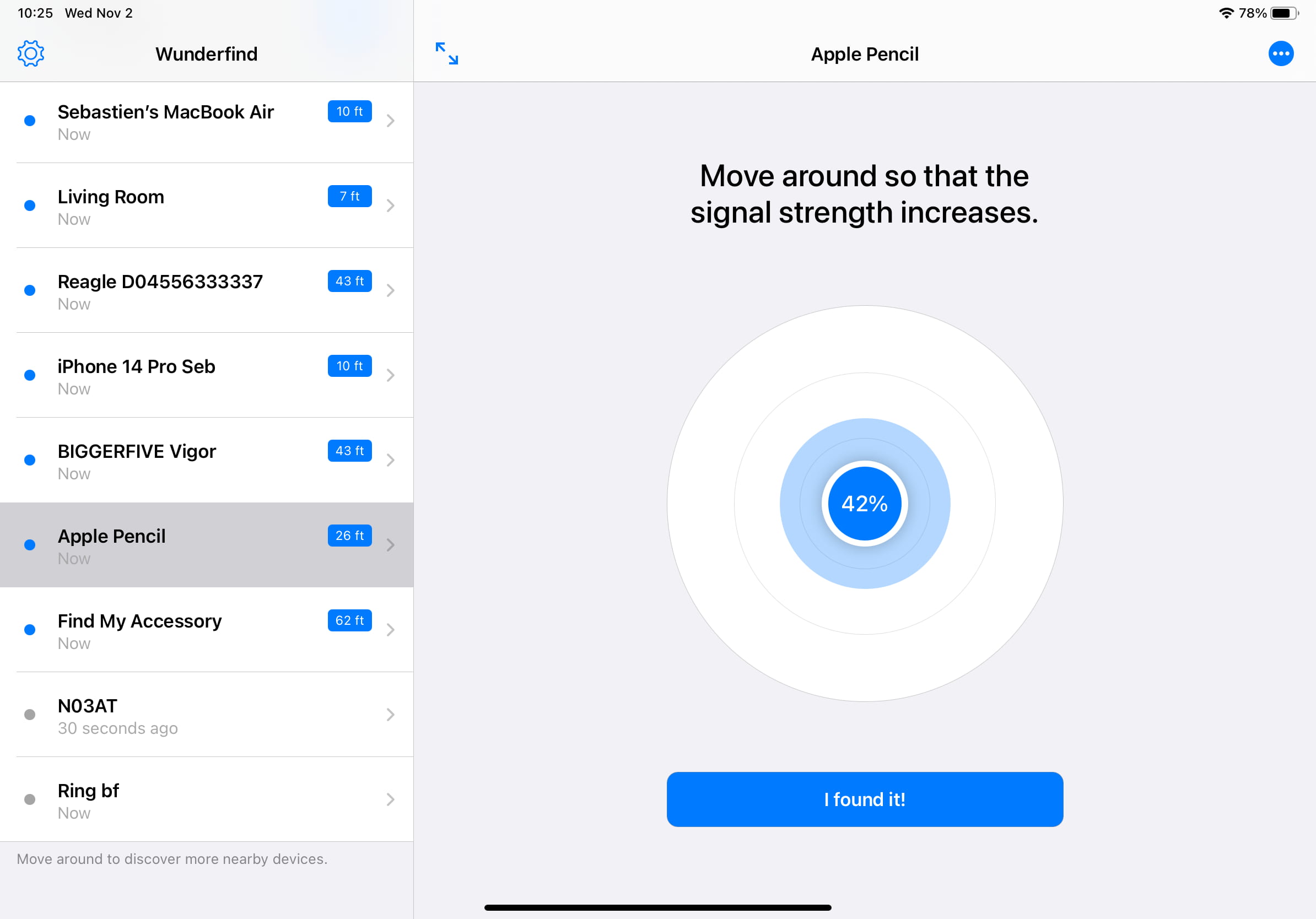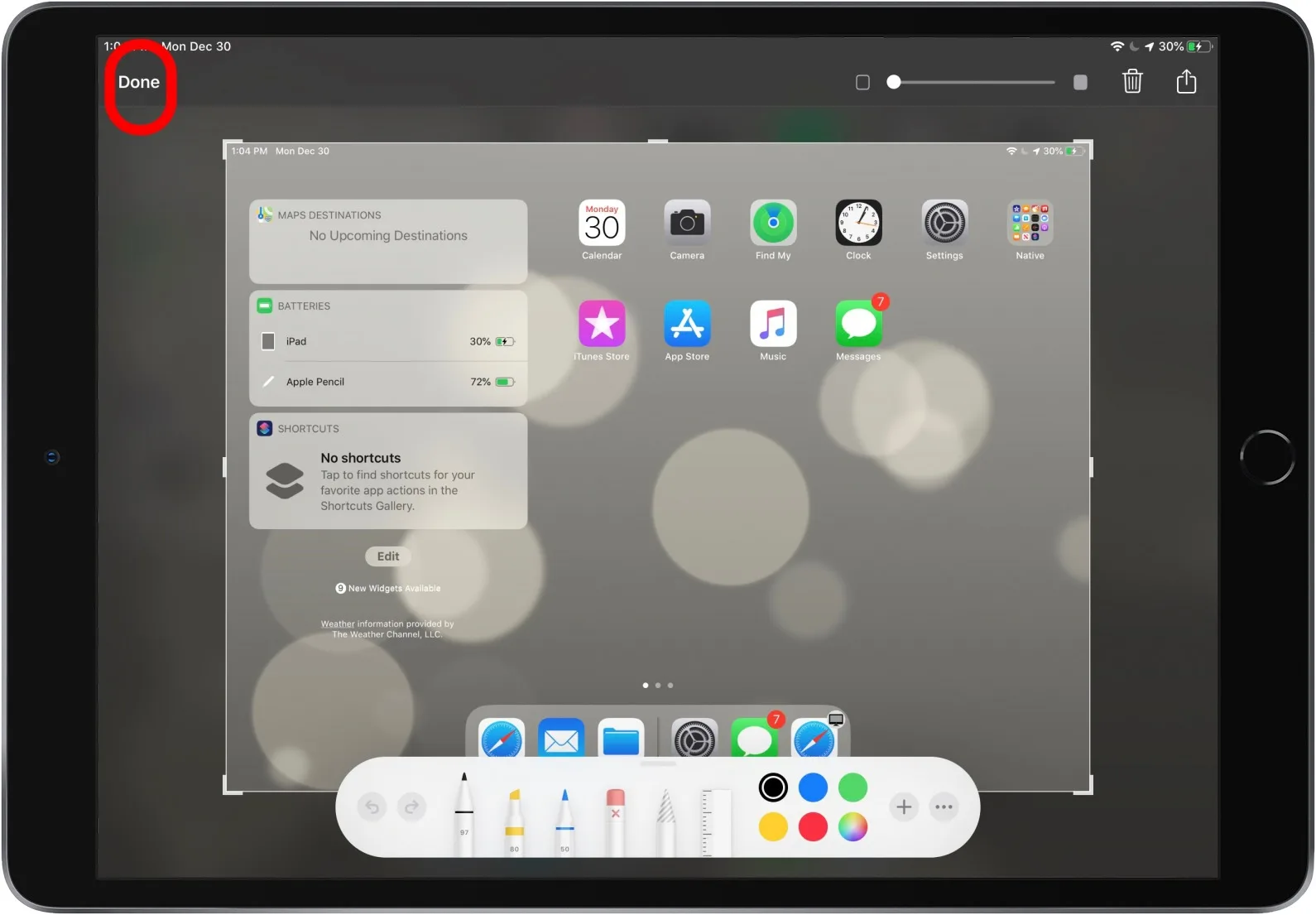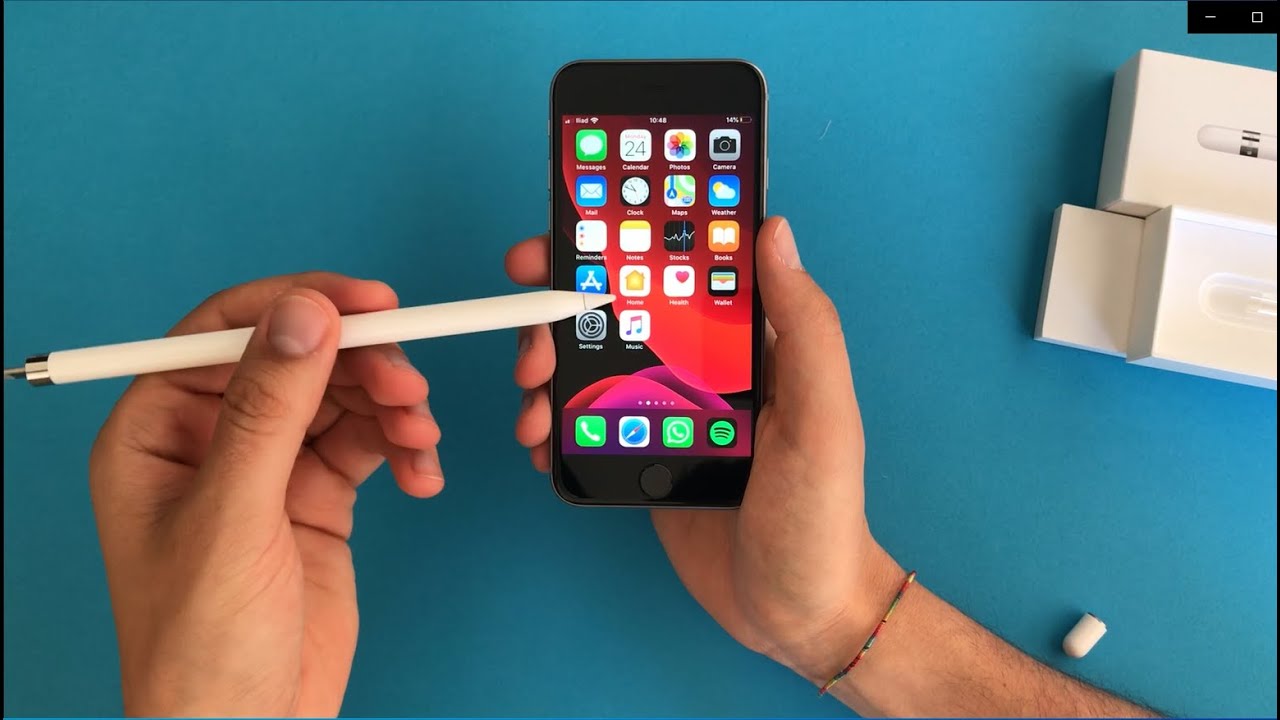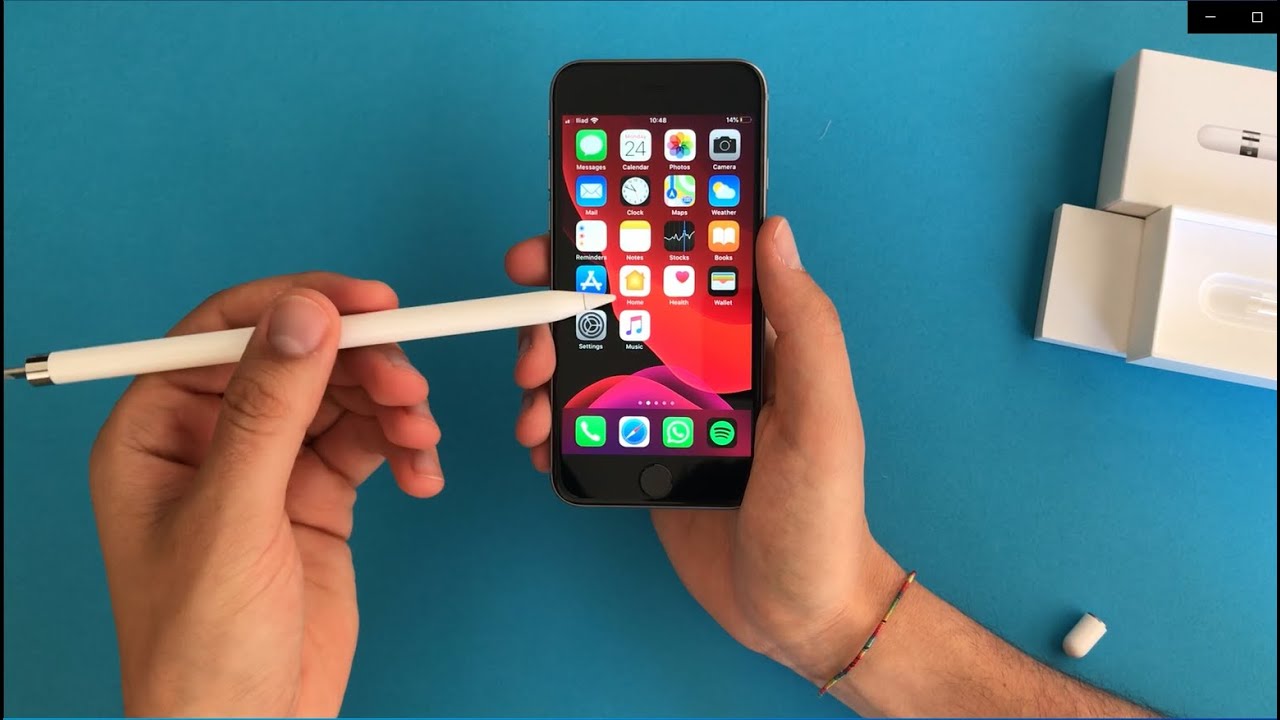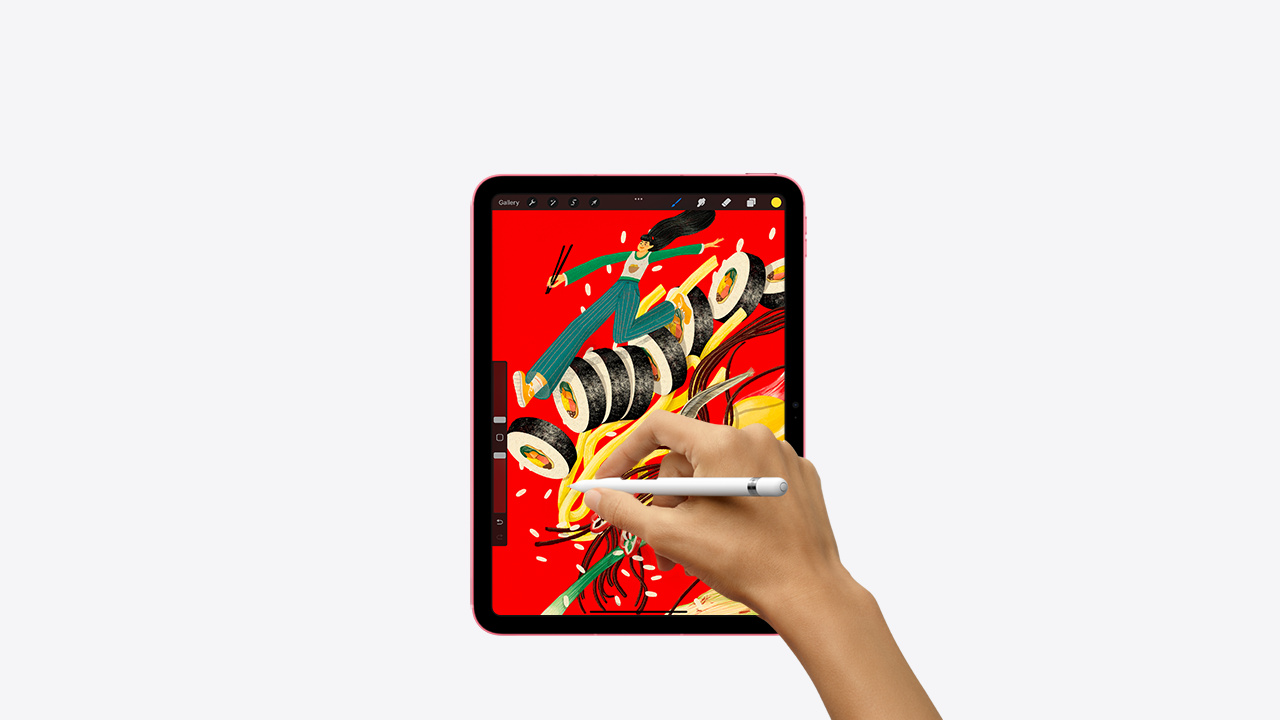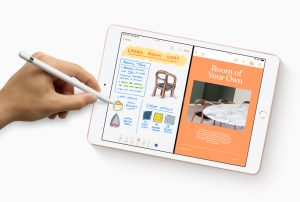Introduction
If you’re an Apple user and have been exploring their range of accessories, you may have come across the Apple Pencil, a stylus designed specifically for their iPad models. It’s a powerful tool that offers precision and versatility for tasks such as drawing, note-taking, and graphic design. However, if you’ve tried using the Apple Pencil on an iPhone, you might have been disappointed to discover that it doesn’t work. This raises the question: why doesn’t the Apple Pencil work on the iPhone?
Apple has always been known for its dedication to creating a seamless user experience, and it’s no surprise that they’ve designed the Apple Pencil specifically for their iPad lineup. While the iPad and iPhone might seem similar at first glance, there are some significant differences between them that prevent the Apple Pencil from being compatible with the iPhone.
In this article, we will explore the reasons behind the incompatibility of the Apple Pencil on the iPhone. We will delve into the technology differences, size and portability considerations, touchscreen variations, and the user experience and design aspects. By understanding these factors, we can gain a clearer understanding of why Apple made the decision to exclude iPhone compatibility for the Apple Pencil.
Compatibility
When it comes to compatibility, Apple has always been diligent in ensuring that their products work seamlessly together. However, in the case of the Apple Pencil and the iPhone, compatibility is limited. The Apple Pencil is designed to be exclusively compatible with the iPad models, while the iPhone does not have the necessary hardware and software components to support it.
One of the primary reasons for this limitation is the difference in screen technology between the iPad and iPhone. The iPad’s larger screen size and ProMotion technology provide a more suitable canvas for the Apple Pencil’s precise input. On the other hand, the iPhone’s smaller screen size and lack of ProMotion technology make it challenging to achieve the same level of accuracy and responsiveness required for using an Apple Pencil effectively.
Another factor to consider is the Apple Pencil’s charging mechanism. The Apple Pencil for iPad features a cap that can be removed to reveal a Lightning connector, allowing for quick and convenient charging by connecting it directly to the iPad. However, the iPhone does not have a built-in Lightning connector, which means there is no practical way to charge the Apple Pencil using the iPhone itself.
In addition to the hardware differences, software compatibility is also a crucial consideration. The iPad’s operating system, iPadOS, includes specific optimizations and features that cater to the use of the Apple Pencil. These features, such as palm rejection and pressure sensitivity, enhance the overall user experience. Unfortunately, these software enhancements are not available on the iPhone, limiting the functionality and potential of the Apple Pencil on this device.
In summary, compatibility between the Apple Pencil and iPhone is limited due to the differences in screen technology, charging mechanisms, and software optimizations. While Apple strives for seamless integration among its products, it has made the deliberate decision to prioritize the unique capabilities of the iPad when it comes to supporting the Apple Pencil.
Technology Differences
The technology differences between the iPad and iPhone play a significant role in the incompatibility of the Apple Pencil with the iPhone. While both devices are designed by Apple and share many similarities, there are distinct technological variations that make the Apple Pencil exclusively compatible with the iPad.
One of the key differences is in the touch sensors. The iPad’s display incorporates what Apple calls “ProMotion” technology, which allows for a higher refresh rate and increased responsiveness. This higher refresh rate enables the Apple Pencil to provide a smoother and more natural drawing experience. In contrast, the iPhone’s touch sensors are not optimized for the precise input required by the Apple Pencil, leading to a compromised user experience.
Another significant technological difference is the pressure sensitivity of the Apple Pencil. The Apple Pencil for iPad is equipped with sensors that can detect the amount of pressure applied, allowing for varying line thickness and shading in drawing apps. Unfortunately, the iPhone’s touch sensors do not have the same level of sensitivity, preventing the Apple Pencil from replicating this feature on the smaller screen.
Furthermore, the iPad’s larger screen size provides more surface area for users to interact with the Apple Pencil comfortably. The precision required for tasks such as graphic design or precise note-taking is better suited to the iPad’s spacious display. On the other hand, the smaller screen size of the iPhone presents challenges in achieving the same level of accuracy and ease of use with the Apple Pencil.
In summary, the technology differences between the iPad and iPhone relating to touch sensors, pressure sensitivity, and screen size contribute to the specific compatibility of the Apple Pencil with the iPad. These technological constraints limit the functionality of the Apple Pencil on the iPhone, making it unsuitable for the precise input required by the stylus.
Size and Portability
When considering the compatibility of the Apple Pencil with the iPhone, the size and portability of the device itself play a crucial role. The Apple Pencil, designed to be used in conjunction with the iPad, is a larger and bulkier accessory compared to the sleek and compact design of the iPhone.
The Apple Pencil’s larger size is specifically optimized for the iPad’s larger display. It provides users with a comfortable grip and ample space for precise control and gestures. However, this larger size becomes a hindrance when attempting to use the Apple Pencil on the comparatively smaller iPhone screen. The bulkiness of the Apple Pencil can make it cumbersome to maneuver and detracts from the portability that users expect from their iPhones.
On the other hand, the iPhone’s compact design aims to provide users with a portable and pocketable device. With its slim form factor and lightweight construction, the iPhone is meant to be easily carried and used on the go. The inclusion of a stylus, such as the Apple Pencil, would disrupt this streamlined design and compromise the overall portability of the iPhone.
In addition to size considerations, the Apple Pencil for iPad integrates features such as magnetic charging and attachment to the iPad itself. These functionalities, though convenient for iPad users, are not possible on the iPhone due to its size constraints. The iPhone lacks the necessary hardware and magnetic connections required to support these features, further limiting the compatibility of the Apple Pencil with the iPhone.
In summary, the size and portability factors significantly impact the compatibility of the Apple Pencil with the iPhone. The larger size of the Apple Pencil optimized for the iPad, combined with the iPhone’s focus on compactness and portability, make it impractical to use the Apple Pencil on the iPhone without compromising the user experience and convenience.
Touchscreen Differences
Another important aspect to consider when exploring the incompatibility of the Apple Pencil with the iPhone is the differences in touchscreen technology and capabilities. While both the iPad and the iPhone feature touchscreens, there are notable distinctions between the two that prevent the seamless integration of the Apple Pencil with the iPhone.
The iPad’s touchscreen technology, coupled with Apple’s ProMotion display, provides a more responsive and precise touch experience. The ProMotion display offers a higher refresh rate, resulting in smoother scrolling, faster response times, and reduced latency. This enhanced touch sensitivity allows for accurate tracking of the Apple Pencil’s movements, ensuring a fluid and natural writing or drawing experience.
However, the iPhone’s touchscreen, while also highly responsive, lacks the ProMotion display and the associated technology that the iPad possesses. The iPhone’s touchscreen is designed primarily for finger input and general touch interactions, rather than the precise input required by the Apple Pencil. The absence of the ProMotion technology limits the iPhone’s ability to deliver the same level of accuracy and responsiveness when using a stylus like the Apple Pencil.
Furthermore, the iPad boasts a larger display area, providing users with more space for drawing, sketching, and annotating. This larger canvas accommodates the Apple Pencil’s precise movements, allowing users to create detailed and intricate designs. In contrast, the iPhone’s smaller screen size poses challenges for users attempting to achieve the same level of precision and detail with the Apple Pencil.
Overall, the touchscreen differences between the iPad and iPhone, including the absence of ProMotion technology on the iPhone and the smaller screen size, contribute to the incompatibility of the Apple Pencil with the iPhone. These differences hinder the iPhone from delivering the same level of precision and responsiveness that the Apple Pencil requires, thereby influencing Apple’s decision to restrict compatibility to the iPad.
User Experience and Design
When it comes to user experience and design, Apple places a strong emphasis on creating cohesive and intuitive experiences across its products. The decision to make the Apple Pencil exclusively compatible with the iPad is rooted in ensuring a seamless user experience and maintaining the design principles of both the iPad and the iPhone.
The user experience of the Apple Pencil is optimized for the larger screen size and specific functionalities of the iPad. The iPad offers a more expansive canvas, making it ideal for tasks such as drawing, sketching, and note-taking. The inclusion of the Apple Pencil enhances these capabilities, providing users with a natural and effortless way to interact with their iPad and unleash their creative potential.
On the other hand, the iPhone’s smaller screen size and the primary use of finger input create a different user experience and design paradigm. While it is technically possible to use a stylus with an iPhone, the design considerations and user interactions are not tailored to accommodate the Apple Pencil’s capabilities. Apple has made a deliberate decision to prioritize finger-based touch interactions on the iPhone, ensuring a consistent and intuitive user experience across its entire product line.
Additionally, Apple is known for its minimalist and sleek design ethos, which extends to its mobile devices. The iPhone’s slim and compact design is intended for easy one-handed use, and its focus on portability does not lend itself well to the inclusion of a larger accessory like the Apple Pencil. Apple has made a conscious effort to maintain the elegance and simplicity of the iPhone’s design, which would be compromised by accommodating the Apple Pencil.
By keeping the Apple Pencil exclusive to the iPad, Apple has optimized the user experience and design of both devices. While the iPad benefits from the precision and versatility of the Apple Pencil, the iPhone maintains its streamlined design and intuitive finger-based interactions. This intentional separation ensures that each device excels in its specific use cases and enhances the overall user experience for their respective user bases.
Different Uses and Intended Purposes
Understanding the different uses and intended purposes of the iPad and iPhone sheds light on why the Apple Pencil is not compatible with the iPhone. Apple designed the iPad and iPhone to cater to distinct user needs and scenarios, and the inclusion of the Apple Pencil aligns with these specific use cases.
The iPad, with its larger display and advanced capabilities, is positioned as a productivity and creativity tool. It caters to professionals, artists, and individuals seeking a device that can support complex tasks such as drawing, design work, and note-taking. The Apple Pencil enhances these capabilities by offering a precise and intuitive stylus experience that aligns with the creative and productive use cases of the iPad.
On the other hand, the iPhone is primarily a communication and portable computing device. While it offers various applications and functionalities, its smaller screen size and focus on mobility make it more suitable for quick interactions, communication, and on-the-go tasks. The intended purpose of the iPhone does not typically involve the same level of complex drawing, design, or note-taking that the Apple Pencil supports on the iPad.
Considering these different uses and intended purposes, it becomes clear why the Apple Pencil is limited to the iPad. By focusing on specific user needs and use cases, Apple can tailor the features and accessories of each device to offer the best experience possible. While there may be some overlap in terms of basic functionality, the iPad’s larger display and advanced capabilities are better suited for the creative tasks that the Apple Pencil enables.
Apple’s decision to restrict the compatibility of the Apple Pencil to the iPad reinforces their commitment to delivering a seamless and optimized user experience. By ensuring that the Apple Pencil is specifically designed for the unique use cases and capabilities of the iPad, Apple can maintain a high level of performance and usability for both devices.
Conclusion
In conclusion, the Apple Pencil is not compatible with the iPhone due to various factors including technology differences, size and portability considerations, touchscreen variations, and different uses and intended purposes. While both devices are designed by Apple, they serve distinct user needs and scenarios.
The technology differences between the iPad and iPhone, such as variations in touch sensors and screen responsiveness, restrict the seamless integration of the Apple Pencil with the iPhone. Additionally, the size and portability of the Apple Pencil, optimized for the larger iPad, make it impractical to use on the smaller and more compact iPhone.
Furthermore, the touchscreen capabilities of the iPad, including the ProMotion display and larger canvas area, are specifically tailored to support the precise input and creative capabilities of the Apple Pencil. In contrast, the iPhone’s touchscreen is primarily designed for finger input and more casual interactions.
Considering the different uses and intended purposes of the iPad and iPhone, it is clear that the Apple Pencil is centered around enhancing productivity, creativity, and precision on the iPad. The iPhone, with its focus on communication and portability, does not require the same level of stylus input and functionality that the Apple Pencil offers.
Apple’s decision to limit the compatibility of the Apple Pencil to the iPad is driven by their commitment to delivering the best user experience for each device. By designing and optimizing the Apple Pencil specifically for the iPad, Apple ensures that both the iPad and the Apple Pencil work together seamlessly to support the creative and productivity needs of their users.
While the Apple Pencil may not be compatible with the iPhone, it remains a powerful and versatile tool for iPad users. Its precision, pressure sensitivity, and unique features provide an exceptional stylus experience that enhances the capabilities of the iPad, making it a popular choice for artists, designers, and professionals in various fields.







